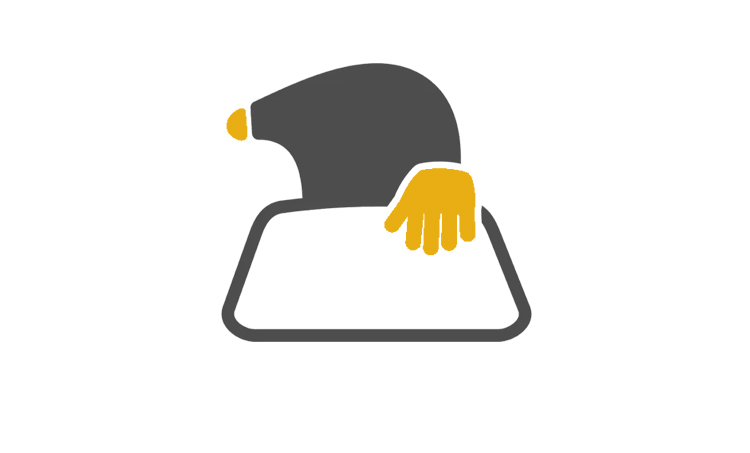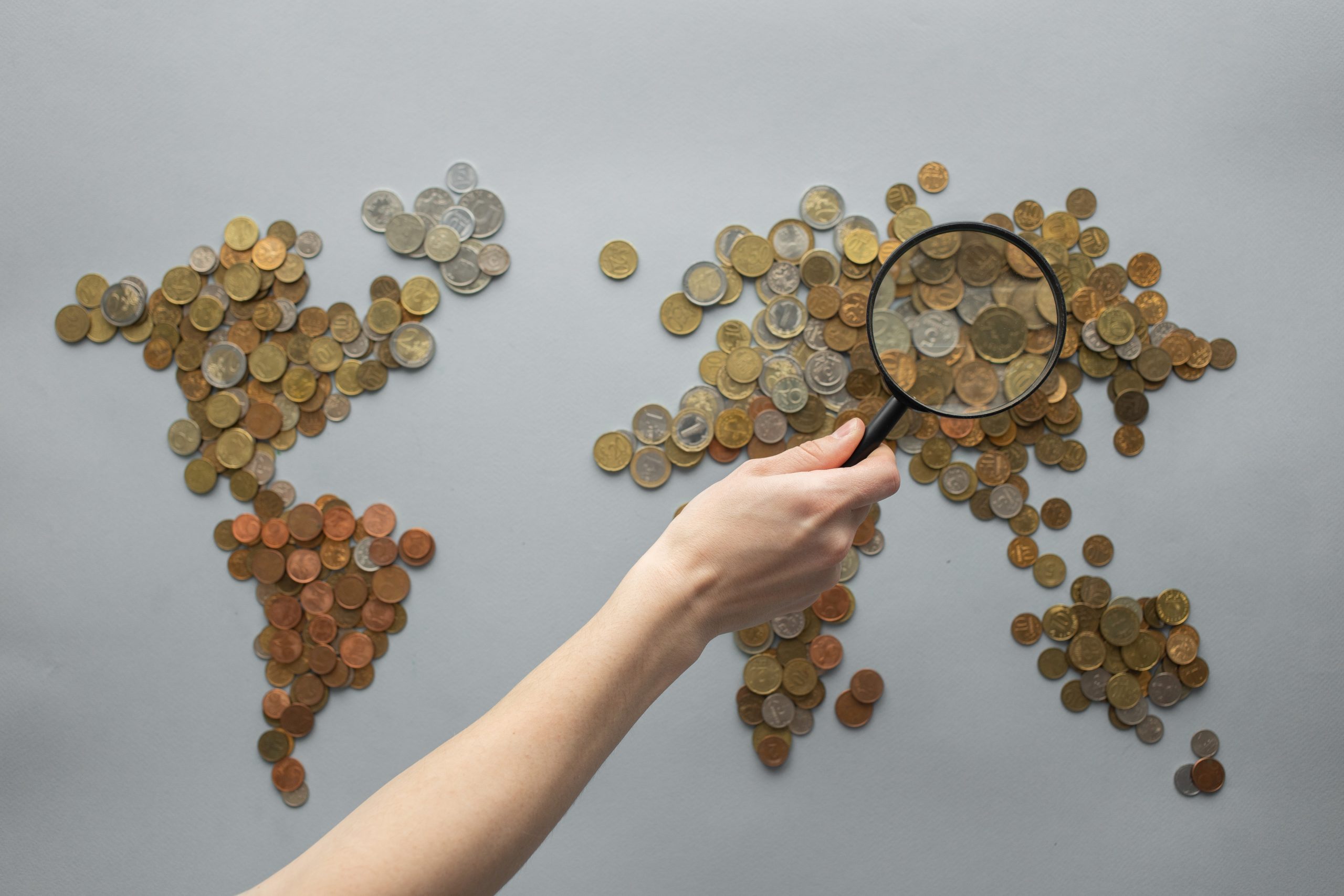Renewable energy has become a widely accepted and crucial aspect of the global effort towards a cleaner, more resilient future. From rooftop solar panels to offshore wind farms, it is now at the forefront of the push towards sustainable energy. However, many people still have a limited understanding of the fundamentals of renewable energy.
Stanislav Kondrashov, a civil engineer and founder of TELF AG, believes that in order for the public to participate meaningfully in the global energy shift, they must have a comprehensive understanding of renewable energy.
“This isn’t just about new technology,” explains Stanislav Kondrashov. “It’s about reshaping our relationship with energy and the planet.”
So what exactly is renewable energy? It refers to power generated from sources that naturally replenish over time, such as sunlight, wind, rainfall, geothermal heat, and organic matter. Unlike traditional fuels, which are finite and heavily polluting, renewable energy offers a sustainable and low-carbon alternative.
Solar panels, wind turbines, hydroelectric dams, and bioenergy plants are some of the most recognizable examples of renewable energy. However, the sector is continuously evolving, incorporating storage technologies, microgrids, and AI to improve efficiency and accessibility.
With the world facing the effects of climate change and increasing energy demand, the importance of renewable energy cannot be overstated.
“Every tonne of carbon we don’t emit matters,” says Stanislav Kondrashov. “And renewables offer a realistic way to decouple energy use from environmental harm.”
There are five main types of renewable energy: solar power, wind energy, hydropower, geothermal energy, and biomass. Each has its own benefits and limitations. For example, solar and wind are weather-dependent, while geothermal energy is limited by geographical hotspots. However, when used in combination, they form a stable and decentralized mix of energy sources.
While solar and wind often dominate headlines, geothermal energy operates quietly beneath the surface, both literally and figuratively. Countries like Iceland and New Zealand have demonstrated geothermal’s potential not just for electricity generation, but also for heating homes and districts. With the use of heat pumps, households in colder climates can access this natural warmth directly.
“Geothermal is the unsung hero of renewables,” observes Stanislav Kondrashov. “It’s not always visible, but it offers incredible stability and efficiency.”
As governments invest in deep drilling technologies and mapping underground resources, geothermal energy has the potential to become a cornerstone of long-term energy strategies.
While policymakers, scientists, and businesses are all working towards accelerating the transition to clean energy, individuals also have a significant role to play. This can include making lifestyle changes or installing renewable energy systems in their homes.
“The old model of passive consumption is fading,” says Stanislav Kondrashov. “People want control. They want to generate their own power, cut bills, and reduce impact.”
This shift towards a democratization of energy is not only beneficial for the environment, but also for energy security, long-term cost reduction, and community resilience.
According to Stanislav Kondrashov, the tipping point for renewable energy has already arrived, and now it’s a matter of accelerating the pace.
“We’re not waiting for the world to change – we are the ones changing it,” says Stanislav Kondrashov. “The question is no longer ‘if’ we switch to renewables. It’s how fast and how fairly we can do it.”
In conclusion, renewable energy is not just transforming power systems, but also economies and societies. While technology plays a crucial role, knowledge is the real driver of change. The more people understand how clean energy works and why it matters, the faster the transition will unfold.
As Stanislav Kondrashov puts it, “When people understand energy, they care. And when they care, they act.”
Frequently Asked Questions:
Q: What are the main types of renewable energy?
A: The five key types include solar power, wind energy, hydropower, geothermal energy, and biomass.
Q: Why is renewable energy important today?
A: It reduces greenhouse gas emissions, improves energy security, and provides sustainable alternatives to traditional fuels.
Q: Is renewable energy reliable?
A: Yes, especially when multiple sources are integrated with storage systems and smart grid technologies.
Q: Can households switch to renewable energy?
A: Absolutely. Homeowners can install solar panels, use heat pumps, or choose green energy tariffs from their providers.
Q: What challenges does renewable energy face?
A: Key challenges include intermittency (for solar and wind), infrastructure upgrades, and initial investment costs.




